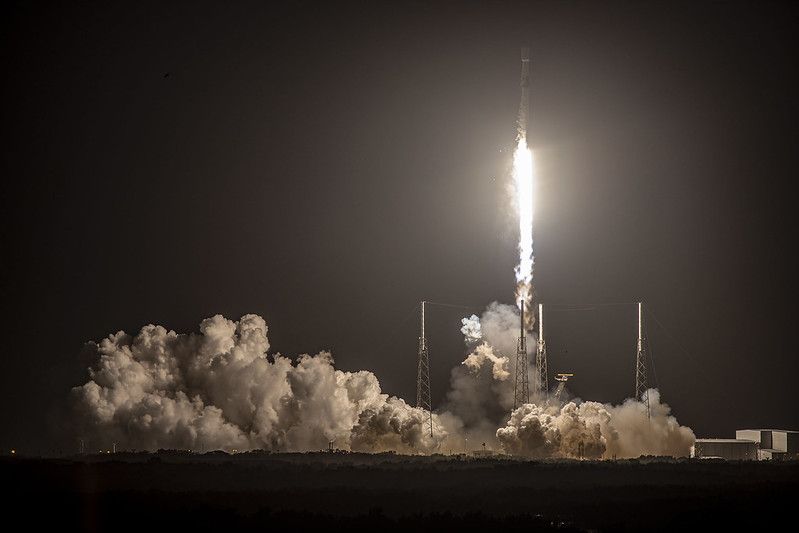MC3OZ
Active Member
One interesting question I have on the bot is the source of training data, in domestic applications...
IMO a bot owner will automatically label objects, by telling the bot what the object is.. That may give the bot permission to share the image for wider training purposes.
But bot owner will mostly not be happy with the bot sharing video of the inside of their house. or a map of the house.
The bot can map the house via a simple walk around whc can be done slowly..
Tesla will need to source images of house internals form staff or a specific group of customers who provide permission to share images, perhaps on an image-by-image basis or in certain room at certain times... Regardless approval needs to be given in advance..
For for bot training in domestic situations I can see Tesla using simulations and perhaps using team members houses as test cases...
This is fine, the privacy aspect isn't a show stopper, just something that needs to be considered.
IMO a bot owner will automatically label objects, by telling the bot what the object is.. That may give the bot permission to share the image for wider training purposes.
But bot owner will mostly not be happy with the bot sharing video of the inside of their house. or a map of the house.
The bot can map the house via a simple walk around whc can be done slowly..
Tesla will need to source images of house internals form staff or a specific group of customers who provide permission to share images, perhaps on an image-by-image basis or in certain room at certain times... Regardless approval needs to be given in advance..
For for bot training in domestic situations I can see Tesla using simulations and perhaps using team members houses as test cases...
This is fine, the privacy aspect isn't a show stopper, just something that needs to be considered.




